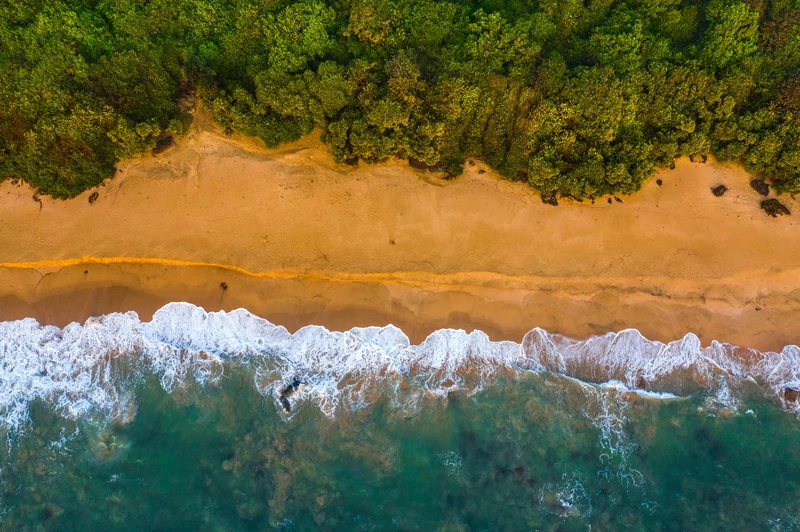Australia's solar sector is booming, no question. A recent IEA survey reveals a 5.2 GW installation in 2024, pushing the total capacity to 40 GW. That's a headline grabber, and on the surface, it paints a picture of a nation fully embracing renewable energy. But as any good analyst knows, the devil’s in the details.
Let's break down that 5.2 GW. Utility-scale projects contributed 2 GW, while rooftop systems accounted for 3.2 GW. What immediately jumps out is the dominance of distributed solar. Australia leads the world with 44% of free-standing homes sporting solar panels. In Queensland and South Australia, that figure jumps to almost 50%. Impressive. South Australia, with a population of just 1.77 million, is routinely powered by rooftop solar, even exporting excess power.
But here's where my skepticism kicks in. The IEA report also points out that despite this record year, Australia didn't crack the top ten markets for annual installations for the second year running. That's a discrepancy. How can a nation with such high penetration rates be lagging in overall installation volume? It suggests a slowdown in growth, or at least, a failure to keep pace with larger global players.
The report highlights a shift toward larger residential systems, prompting a reclassification to systems up to 15 kW (previously 10 kW). This is the part of the report that I find genuinely puzzling. Why the need to up the classification? Are homeowners simply upsizing their systems, or is this a reflection of something else, perhaps a change in government incentives, or a push to meet increasingly aggressive renewable energy targets?
Australia's ambition for utility-scale solar is in the 10 GW to 30 GW range. That's a wide range (a red flag). The report identifies issues like connection approvals, congestion management, and fragmented access arrangements as hurdles. These aren't new problems, but they continue to plague grid-scale projects, driving up costs and risks.

It's like having a super-efficient engine (rooftop solar) but a clogged fuel line (grid infrastructure). All that potential energy is being bottlenecked. The Capacity Investment Scheme, with its 40 GW target, is a step in the right direction, but it's clearly not enough to overcome the systemic challenges.
Australia boasts a world-leading installation rate of over 1.52 kW per capita. On paper, it's a fantastic statistic. But what does it really mean? Is this figure sustainable? Are we seeing diminishing returns as the market becomes saturated, or will Australia continue to outpace the rest of the world? And most importantly, what is the cost of this solar energy?
The IEA report states that solar power now meets over 20% of the nation's electricity demands. That's a significant contribution, but it also means that 80% is still coming from other sources. Are those sources primarily fossil fuels? And if so, how quickly can Australia transition the remaining 80% to renewables?
Australia's solar achievements are undeniable. The rooftop revolution is a testament to the country's willingness to embrace renewable energy. But the challenges facing utility-scale projects cannot be ignored. The numbers tell a story of impressive growth, but also of persistent obstacles. Unless these obstacles are addressed, Australia risks falling behind in the global race to a sustainable energy future.